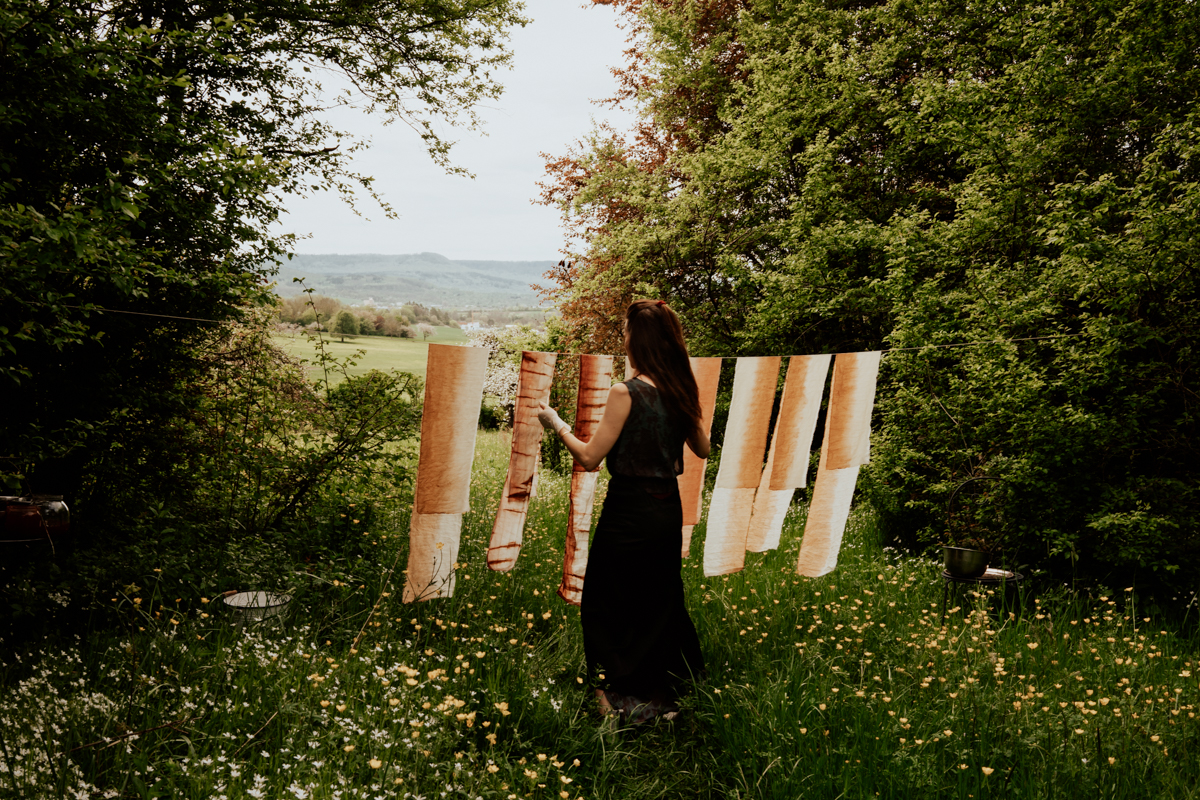New Year
As we enter the new year, it`s a good time to go through all our photos of this year. Of course, to reflect on the past twelve months. But as well to see how we grew as artists and to motivate us to keep on pushing forward and to become better in the new year ahead.
(On a side note: In my case, the new year is a good opportunity to organize my picture chaos, too. Click here for an article about a good organizational structure. I`ve started some organizing by the beginning of the lockdown in March but didn`t finish. Once I`ve established a consistent system that works for me, I`ll share it here.)
It`s not about pretty
Lately, I`ve had some days when I felt a little discouraged in documenting the ordinary. Because you know on Instagram you see all these super-pretty rooms and stuff and well, I don`t find my place so picture-pretty. However, looking back at the 2020 photographs, I realized that it weren`t the “pretty things” that made the best photos. But it was good light. Plus, ideally some meaning, and a very present moment that stayed.
That really motivated me again to shoot daily what is meaningful to me and focus on the light (in the truest sense of the word). Let´s feel and observe the very moment as often as possible without thinking about later or before. I`ve read and noticed that this can make an ordinary moment more meaningful.
As well I can report that it`s often just about getting started in order to get us into a habit. Like in this case the habit of documenting our lives in pictures. For example, we can begin with taking a picture of something simple as our feet and that can get us going to “see” and become aware of more.
For the year to come, I hope that I can always be thankful, curious, and unbiased. That I will be open to new experiences and surprises. And that I have faith in God`s support in order to be brave and to take healthy chances to document more. What are your wishes? Have a good start in 2021 and don`t let yourself get disheartened if the start doesn`t turn out as hoped.
Neues Jahr
Der Start ins neue Jahr ist eine gute Zeit, um durch die Fotos von 2020 zu blättern. Natürlich um nochmal auf das Jahr zurückzuschauen. Aber auch um zu sehen, wie wir als Künstler gewachsen sind und um uns zu motivieren, weiter an uns zu arbeiten, um noch besser zu werden.
(Übrigens ist es für mich auch eine gute Gelegenheit, Ordnung mein Bilder-Chaos zu bringen. Ich habe beim ersten Lockdown im März damit begonnen, aber bin null fertig geworden. Sobald ich ein funktionierendes System entwickelt habe, werde ich es hier teilen.)
Es geht nicht um hübsch
In letzter Zeit hatte ich immer wieder Tage, an denen ich mich ein bisschen entmutigt darin gefühlt habe, das Alltägliche zu dokumentieren. Auf Instagram sieht man doch immer diese superhübschen Räume und Orte – und naja, ich finde, bei mir sieht`s nicht so „bildhübsch“ aus. Aber als ich durch meine Fotos von 2020 geschaut habe, ist mir aufgefallen: Es waren nicht die „hübschen Dinge“, die die besten Bilder ausgemacht haben. Sondern es war gutes Licht. Und idealerweise eine Bedeutung und ein „erlebter“ Moment, der mir im Gefühl geblieben ist.
Das hat mich wieder motiviert, jeden Tag zu fotografieren was Bedeutung für mich hat, und auf das Licht zu fokussieren (im wahrsten Sinne des Wortes). Ich habe gelesen und bemerkt, dass ein gewöhnlicher Moment mehr Bedeutung bekommt, wenn wir ihn richtig „fühlen“ und beobachten, ohne an vorher oder nachher zu denken.
Beginne einfach
Außerdem kann ich berichten, dass es oft einfach nur darum geht, zu beginnen, um etwas zur Gewohnheit zu machen. Wie eben die Gewohnheit, unseren Alltag in Bildern zu dokumentieren. Zum Beispiel könnten wir damit starten, einfach etwas Simples wie unsere Füße zu fotografieren. Das kann uns dann dazu verleiten, mehr zu sehen und wahrzunehmen.
Für das neue Jahr hoffe ich, dass ich dankbar, neugierig und unvoreingenommen sein kann. Dass ich offen sein werde für neue Erlebnisse und Überraschungen. Und dass ich daran glauben kann, dass Gott mich unterstützt, um dann mutiger zu sein, damit ich mehr dokumentieren kann. Was sind deine Wünsche? Hab einen guten Start in 2021 und lass dich nicht entmutigen, falls der Start nicht so läuft, wie erhofft.


































